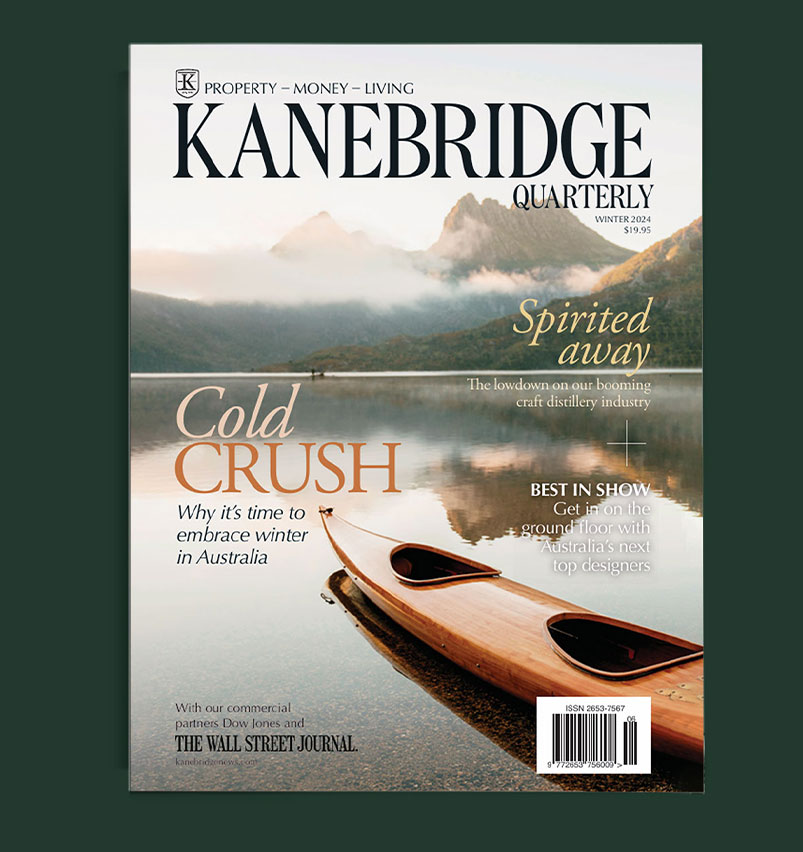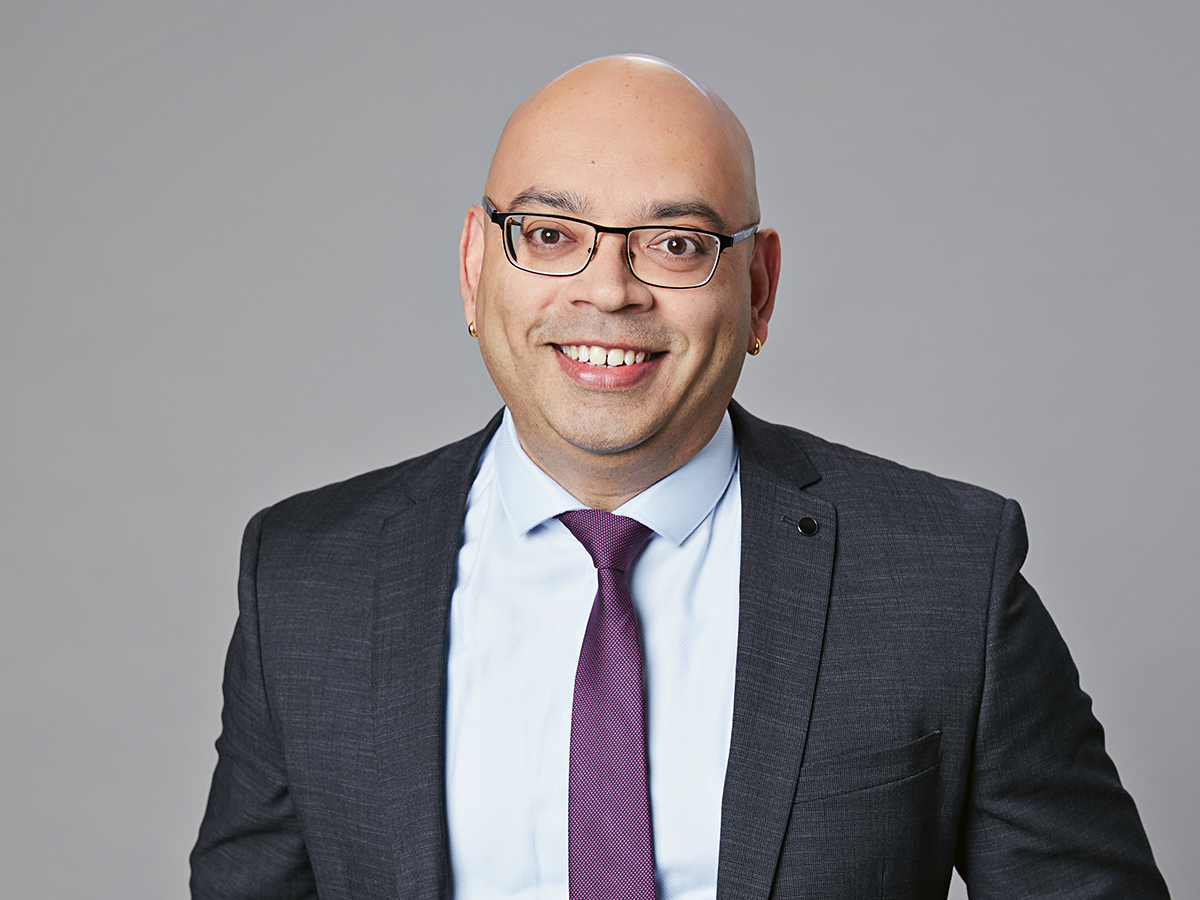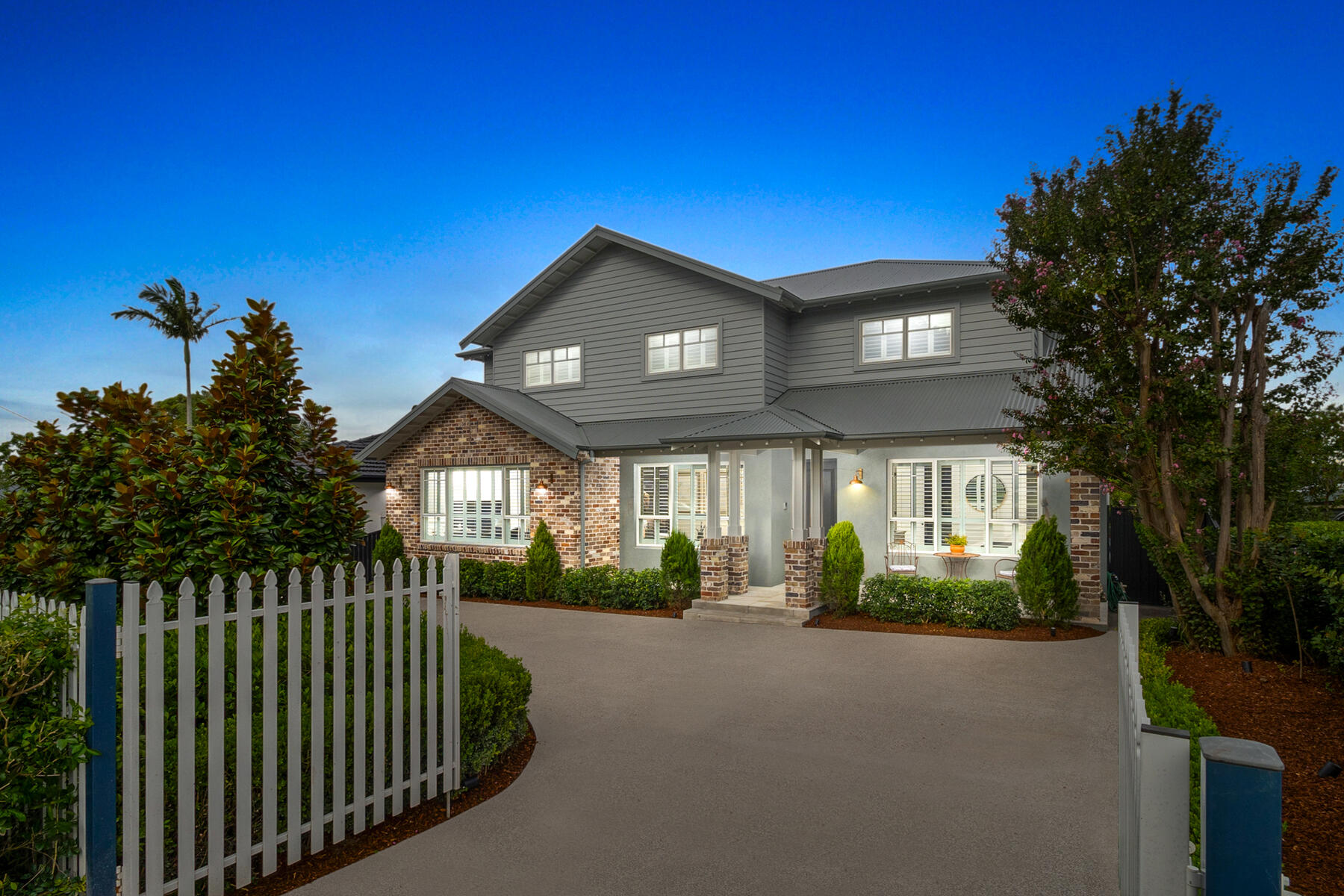NAB Private Now In Western Sydney
The bank has extended its private wealth arm to South West Sydney.
As a pointed, further announcement of the area’s elevation and reflection of the wealth being generated in Western Sydney, NAB has again shown its acute market connectivity and foresight with the recent opening of a new Private Wealth service in Liverpool.
Offering banking and investment specialists as well as wealth advisors, Kanebridge Financial Services Adviser Marwan Rahme, caught up with the branch’s Senior Private Client Manager, Ajith Kalliat Thazhath, to discuss the future, learn more of what’s on offer and the experience that comes with NAB’s alignment to JBWere.
KB: What does NAB Private offer a client over the day-to-day?
AKT: Apart from managing day-to-day banking efficiently, NAB Private Bank helps with planning the future, building wealth, managing the debt and protecting the wealth for the next generation. NAB Private Banking brings together the combined expertise of a banking specialist, investment specialist and wealth advisor. We have a dedicated private banker for a client who engages the required specialist at the right time and builds a long term relationship with the family. We also bring together the deep expertise of one of Australia’s leading wealth advisers in JBWere, which is owned by NAB. With over 180 years of experience, the JBWere wealth adviser offers world-class investment research, wealth and investment management advice and philanthropic services.
KB: Why is opening NAB private in Liverpool such a coup — what does it say about wealth generation in the area?
AKT: South Western Sydney, and Liverpool in particular, are witnessing a major transformation and growth. NAB plays an important part in the Liverpool community and has had a strong presence for many decades. With unprecedented growth comes the opportunity for creating wealth and securing the future for many high net worth families and individuals. NAB Private aims to help South Western Sydney and Liverpool enjoy the benefits of private banking.
KB: How would you describe the client base in regards to their professional pursuits?
AKT: NAB Private Banking client base comprises of Australia’s most forward thinkers, people who have made a difference in their areas of expertise.
KB: How do you view the western Sydney property market — and expectations regarding growth in the coming 3-5 years?
AKT: Western Sydney property market is booming and expectations are it will continue to grow due to the various growth programs in play by the Government. With the Aerotropolis coming in 2026, there is every likelihood of more professionals, c-suite executives working in the region triggering demand for property. Areas like Gledswood Hills and Sekisui’s Norman Estates have already transformed to cater for the demand.
NAB Private Wealth
1&2, 50 Macquarie Street, Liverpool NSW 2170; nabprivate.com.au or get in contact with Ajith via ajith.kalliatthazhath@nab.com.au
This stylish family home combines a classic palette and finishes with a flexible floorplan
Just 55 minutes from Sydney, make this your creative getaway located in the majestic Hawkesbury region.
Continued stagflation and cost of living pressures are causing couples to think twice about starting a family, new data has revealed, with long term impacts expected
Australia is in the midst of a ‘baby recession’ with preliminary estimates showing the number of births in 2023 fell by more than four percent to the lowest level since 2006, according to KPMG. The consultancy firm says this reflects the impact of cost-of-living pressures on the feasibility of younger Australians starting a family.
KPMG estimates that 289,100 babies were born in 2023. This compares to 300,684 babies in 2022 and 309,996 in 2021, according to the Australian Bureau of Statistics (ABS). KPMG urban economist Terry Rawnsley said weak economic growth often leads to a reduced number of births. In 2023, ABS data shows gross domestic product (GDP) fell to 1.5 percent. Despite the population growing by 2.5 percent in 2023, GDP on a per capita basis went into negative territory, down one percent over the 12 months.
“Birth rates provide insight into long-term population growth as well as the current confidence of Australian families,” said Mr Rawnsley. “We haven’t seen such a sharp drop in births in Australia since the period of economic stagflation in the 1970s, which coincided with the initial widespread adoption of the contraceptive pill.”
Mr Rawnsley said many Australian couples delayed starting a family while the pandemic played out in 2020. The number of births fell from 305,832 in 2019 to 294,369 in 2020. Then in 2021, strong employment and vast amounts of stimulus money, along with high household savings due to lockdowns, gave couples better financial means to have a baby. This led to a rebound in births.
However, the re-opening of the global economy in 2022 led to soaring inflation. By the start of 2023, the Australian consumer price index (CPI) had risen to its highest level since 1990 at 7.8 percent per annum. By that stage, the Reserve Bank had already commenced an aggressive rate-hiking strategy to fight inflation and had raised the cash rate every month between May and December 2022.
Five more rate hikes during 2023 put further pressure on couples with mortgages and put the brakes on family formation. “This combination of the pandemic and rapid economic changes explains the spike and subsequent sharp decline in birth rates we have observed over the past four years,” Mr Rawnsley said.
The impact of high costs of living on couples’ decision to have a baby is highlighted in births data for the capital cities. KPMG estimates there were 60,860 births in Sydney in 2023, down 8.6 percent from 2019. There were 56,270 births in Melbourne, down 7.3 percent. In Perth, there were 25,020 births, down 6 percent, while in Brisbane there were 30,250 births, down 4.3 percent. Canberra was the only capital city where there was no fall in the number of births in 2023 compared to 2019.
“CPI growth in Canberra has been slightly subdued compared to that in other major cities, and the economic outlook has remained strong,” Mr Rawnsley said. “This means families have not been hurting as much as those in other capital cities, and in turn, we’ve seen a stabilisation of births in the ACT.”
This stylish family home combines a classic palette and finishes with a flexible floorplan
Just 55 minutes from Sydney, make this your creative getaway located in the majestic Hawkesbury region.


















